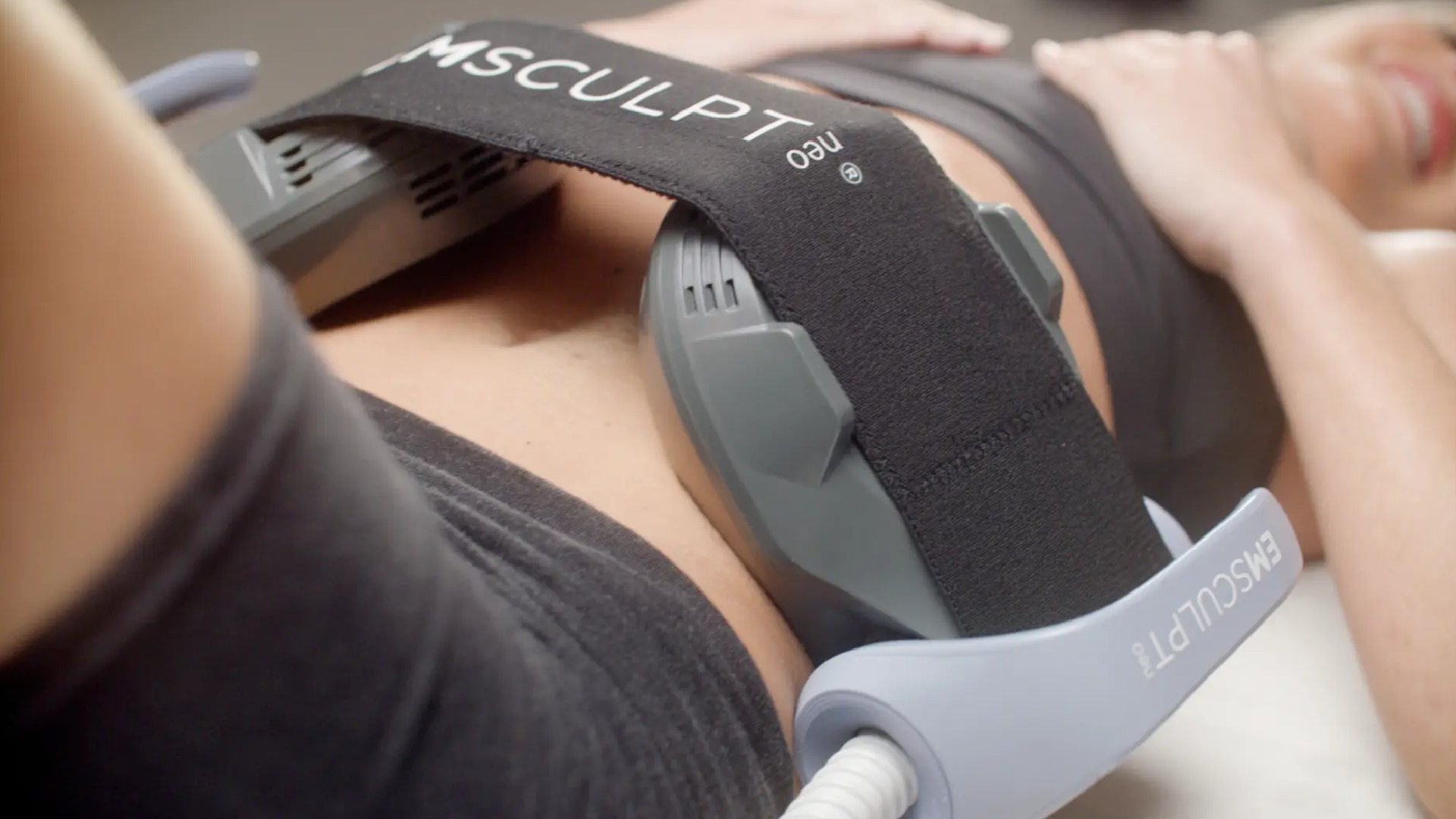Introduction to Medical Spa Trends
The medical spa industry is experiencing significant growth within the wellness landscape, particularly as we head towards 2025. This rise can be attributed to a growing consumer awareness of holistic health and wellness practices, leading to an increase in demand for personalized and innovative treatments. Medical spas are uniquely positioned to combine aesthetic treatments with wellness principles, effectively meeting the desires of clients seeking both beauty and health improvements.
Trends indicate that in 2025, we can expect an emphasis on minimalism in treatment offerings, integrating multifunctional ingredients that serve multiple purposes, thus appealing to consumers looking for simplified yet effective options. This shift towards intentionality is reflected in the rising interest in cultural wellness, where consumers seek immersive experiences that resonate with their values and heritage. Notably, the spa experience is evolving, with facilities enhancing the quality of services offered to include tech-driven solutions and advanced therapeutic modalities. This blend of traditional wellness approaches with modern technology, such as next-generation light and sound therapies, reflects an ongoing transformation in how wellness is perceived and delivered (Source: Revify Med Spa).
Emerging Treatments and Technologies
Emerging treatments and technologies in medical spas are set to redefine client experiences, driven by innovative therapies and advanced equipment. One notable advancement is the integration of artificial intelligence (AI) to personalize skincare solutions, as seen in companies like Haut.AI, which focuses on AI-driven technologies for sustainable cosmetics and skincare practices (Source: Cosmetics Business).
In the realm of therapies, cell therapies such as CAR-T are gaining traction. AstraZeneca’s new facility emphasizes in-house manufacturing to enhance innovation in producing these cutting-edge treatments (Source: Genetic Engineering & Biotechnology News). This control over production processes also promises to deliver more effective treatments to clients quickly.
Furthermore, advancements in the medical biopreservation equipment market, projected to expand from approximately $3.8 billion in 2024 to around $6.2 billion by 2034, highlights a trend towards improved preservation technologies within medical spas, ensuring longer-lasting and effective treatments (Source: GlobeNewswire).
Additionally, advancements in phototherapy devices reflect a broader shift toward non-invasive treatments. The fiberoptic phototherapy device market is projected to grow robustly, reinforcing the trend toward safer, more effective treatment options that clients increasingly prefer (Source: GlobeNewswire).
As medical spas adopt these technologies, they will not only enhance client satisfaction but also position themselves at the forefront of the evolving aesthetics industry, reflecting the shift towards more innovative and effective treatment modalities. For further insights into the future of medical spas, explore our article on technological advancements in aesthetic treatments.
Shifting Consumer Preferences
Shifting consumer preferences within the beauty and wellness sectors showcase a distinctive move towards minimalism, multifunctionality, and personalized care. A report by Spate indicates that consumers are increasingly opting for minimally invasive procedures, preferring treatments that deliver significant results with reduced recovery times. This trend reflects a desire for efficiency and convenience in aesthetics, leading to a rise in popular methods such as injectables and laser therapies, which promise effective outcomes without the extensive downtime associated with traditional surgical methods (Source: Cosmetics Design).
Moreover, the growth in multifunctional products has been substantially influenced by K-beauty trends, which emphasize skincare-first philosophies. The popularity of hybrid products, combining makeup with skincare benefits, aligns well with consumer desires for simplicity and efficacy (Source: Cosmetics Design). These innovations not only cater to the demand for fewer, high-performing items in personal care routines but also address the growing expectation for scientifically-backed formulations that enhance skin health while delivering visible results.
Personalized care is becoming increasingly crucial as technology advances. Brands are leveraging AI to tailor solutions specifically to individual skin types and preferences, thereby creating unique consumer experiences (Source: Cosmetics Business). This shift towards customization resonates with modern consumers who seek products and services that reflect their specific needs and lifestyles, marking a significant evolution in the industry.
To explore these trends further, check out our articles on med spa trends and the future of medical spas.
The Future of Wellness Marketing
As the wellness landscape evolves, medical spas are increasingly focused on adapting their marketing strategies to meet the expectations of a discerning clientele. With challenges such as rising competition and changing consumer preferences, the emphasis on building trust and community engagement is becoming paramount.
Building Trust
Establishing trust remains a key element in wellness marketing. A recent report highlighted that younger generations prioritize trust in their healthcare providers, as evidenced by the low engagement scores reported for Millennial and Gen Z demographics, which registered at 3.85 and 3.81, respectively (Source: Health Leaders Media). This trend underscores the necessity for medical spas to cultivate a transparent and authentic brand image, showcasing real client testimonials and educational content that resonate with potential clients’ values and concerns.
Community Engagement
Engagement strategies that foster an emotional connection with clients are equally vital. Medical spas can leverage storytelling in their marketing efforts, akin to how sports organizations connect with fans. For instance, emphasizing client narratives and success stories can enhance emotional ties and promote a sense of community (Source: AdWeek). Social media platforms can serve as critical tools for this engagement, where spas can create interactive posts, behind-the-scenes content, and live Q&A sessions to connect deeper with their audiences.
Embracing Technological Advancements
Investing in digital health platforms and advanced marketing technologies can further enhance community engagement. The integration of personalized communication, such as tailored emails and targeted online advertisements, allows medical spas to cater to individual client needs effectively (Source: OpenPR).
In summary, as medical spas look toward the future of wellness marketing, prioritizing trust-building and community engagement through innovative and technology-driven strategies will be essential for connecting with and retaining an increasingly selective clientele. For further insights into trends shaping the medical spa industry, check out our articles on embracing technological advancements in aesthetic treatments and the impact of minimalism in spa services.
Sources
- AdWeek – Flying High: How the Philadelphia Eagles are Dominating the Marketing Field
- Cosmetics Business – Haut.AI to Present on AI in Sustainable Cosmetics
- Cosmetics Business – MAC Cosmetics Reimagines Iconic Studio Fix Powder Foundation for the Next Generation
- Cosmetics Design – Spate Global Trends Report Examines Beauty Consumer Impact on 2025 Product Development
- Cosmetics Design – GlossWire CEO Explores K-Beauty’s Enduring Influence on Western Beauty Innovation
- Genetic Engineering & Biotechnology News – AstraZeneca’s New $300M Plant Provides Total Control of Cell Therapy Production
- GlobeNewswire – Medical Biopreservation Equipment Market Trends, Insights, and Future Outlook
- Health Leaders Media – Fostering Engagement Vital to Improving Workforce Retention
- OpenPR – Patient Engagement Solution Market Rising with Focus on Digital
- Revify Med Spa – Med Spa Trends: Embracing Minimalism, Multifunctional Ingredients, and Cultural Wellness
- Revify Med Spa – The Future of Medical Spas: Embracing Technological Advancements in Aesthetic Treatments








